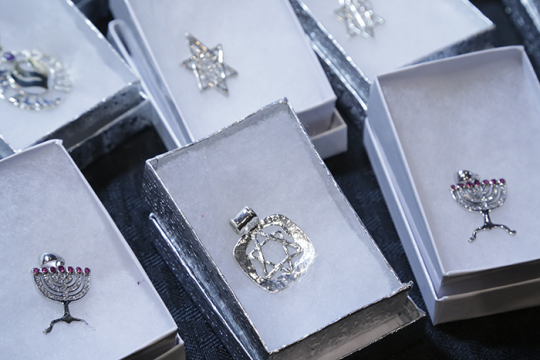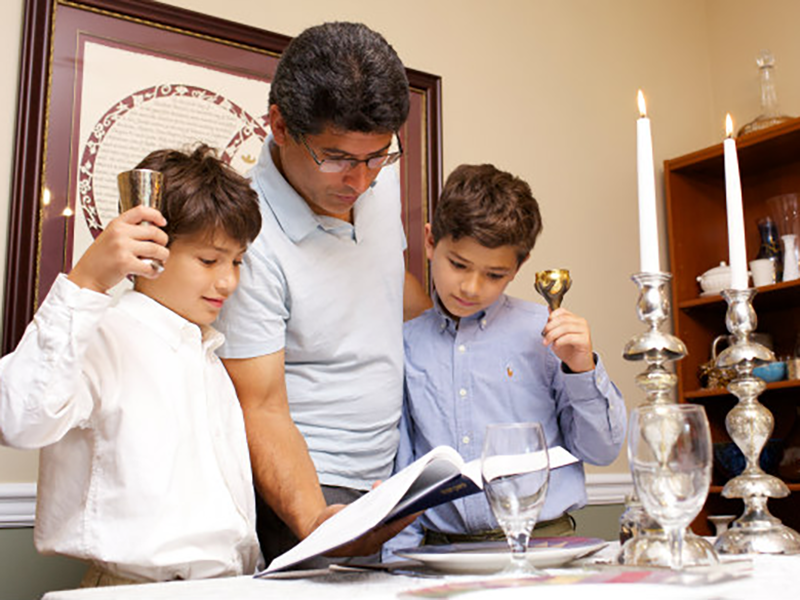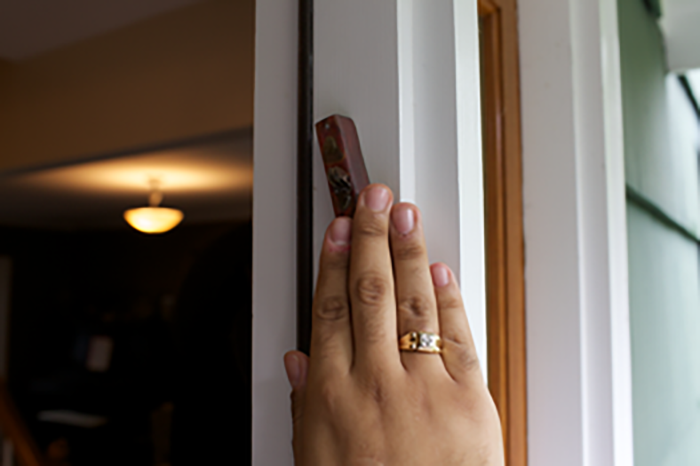
Our homes are places where we connect, create memories, and express our values. Objects in a Jewish home often carry meanings that bridge the physical and the spiritual, helping us experience big ideas in everyday life. Our possessions - and how we use them - can be representative of our values and aspirations.
1. Mezuzah
A mezuzah on a doorpost is more than a decoration. The small case holds a hand-written parchment scroll (klaf) with verses from the Torah that speak about loving God and teaching these values in our daily lives (Deuteronomy 6:4-9; 11:13-21).The case is affixed to the top third of the doorway; it can be made of any material: wood, metal, ceramic, it can even be a child's craft project. Beyond its physical form, the mezuzah is a reminder of our sacred obligations and intentions as we cross from outside to inside and vice versa. Many Jews lovingly touch the mezuzah with their hand and then kiss their fingers when passing through.
2. Books
Books embody Judaism's deep commitment to learning, questioning, and curiosity. A Jewish home is enriched by texts - Jewish, secular, and anywhere in between - that invite us to stretch our minds and expand our perspectives. Your Jewish bookshelf may include a Tanach (Hebrew Bible), a siddur (prayerbook), a Haggadah for Passover, children's storybooks, Jewish cookbooks, or novels by Jewish authors. Whether it's Torah, literature, history, or science, books represent a desire to learn and embrace the world with wonder.
3. Tzedakah Box
Tzedakah boxes are available in a variety of sizes, materials, and styles that range from exceedingly plain to ornate. Some families place coins in the tzedakah box each week as Shabbat approaches, or any time they find extra coins. A tzedakah box reminds us that while generosity begins at home, it reaches far beyond it. Giving to those in need as a routine practice teaches us that our actions matter in the larger world. Keeping a tzedakah box nearby encourages reflection, helping every family member consider how they can contribute to repairing and caring for the world in their own way.
4. Holiday Items
Ritual objects like a set of Shabbat candlesticks, a , a , and a Hanukkah menorah (hanukkiah) are central to Jewish holiday practice.
These objects remind us of our deeply held values and make the abstract tangible. Lighting Shabbat candles ushers in sacred time and reminds us to pause, reflect, and gather; the seder plate teaches the story of freedom and resilience through taste and symbols; the hanukkiah illuminates perseverance and hope, linking our lives to the ancient story of Hanukkah.
There's no requirement to use beautiful objects for these rituals, but we choose to because doing so elevates our actions, in the same way we might be inspired to behave differently when dressed in more formal clothes. Jewish tradition calls this "hiddur mitzvah" (literally: beautification of the commandment) and suggests that we should consider the beauty in objects and the way we use them.
5. The Kitchen Table
In Jewish tradition, the home is often considered a mikdash me'at, a little holy place, where the majority of one's time is spent. For so many of us, the kitchen table sits at the heart of our homes. The table is where we eat, talk, debate, and connect with our loved ones, bringing Jewish life and community into our daily lives. Around it we prepare and share meals, mark holidays from Shabbat dinners to Passover seders and Yom Kippur break-fasts, and bear witness to big and small life transitions. The table setting itself holds meaning: Shabbat candles, kiddush cups, tablecloths with family stories, kids' artwork, flowers, and food we've lovingly prepared all come together as a symbol of nourishment and togetherness. The kitchen table is where everyday life and sacred moments intersect, reminding us that the home is both a place of comfort and a space for growth.
Ultimately, a Jewish home is not defined by what sits on its shelves or walls but by the values it holds. A mezuzah, a tzedakah box, a shelf of books, holiday items, and a well-worn kitchen table are all physical reminders of deeper commitments to hospitality, generosity, education, memory, and community. Often, the most sacred things in a Jewish home are not objects at all, but those around us who carry those values forward.
Related Posts
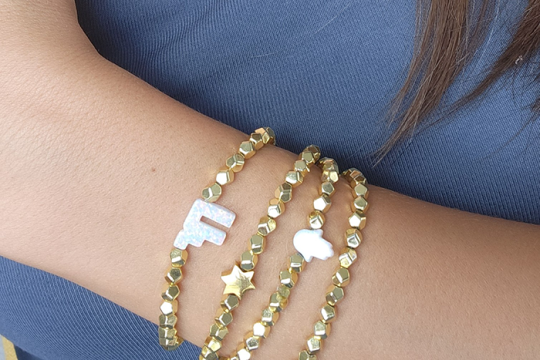
Wearing Strength: Jewelry as a Symbol of Jewish Resilience
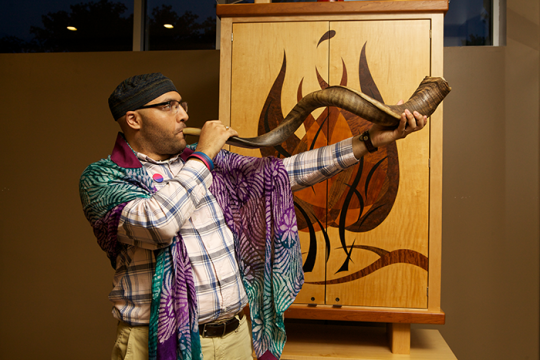
Elul is Calling
